|
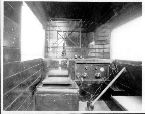 |
The receiver in Vehicle No. 5 - 1927
Several similarities with an old receiver on display at the SPARC
Museum in Vancouver and which was apparently built by the Canadian
Government Radio Services. |
|
 |
Loop antenna installed inside Vehicle No. 5.
Note the handle used to open the window between the technician
and the driver. |
|
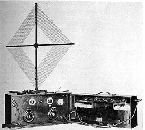 |
This photo of a superhetrodyne receiver is shown in Bulletin No.
2 entitled "Radio Inductive Interference" published by the Radio
Branch, Department of Marine in 1932.
The brand and model are unknown but the device has some
similarities with the one in the SPARC Museum. |
|
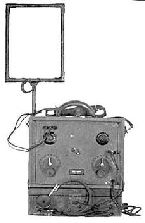 |
In the same publication as above. (1932)
A portable superhetrodyne receiver, with the battery box attached
underneath.
|
|
 |
1932 - A portable superhetrodyne, with an audio output meter to
help locate the source. |
|
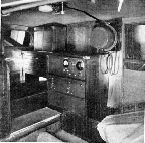 |
Investigation equipment installed in a vehicle in 1934 and shown
in Supplement "A" to Bulletin No. 2 entitled "Radio Inductive
Interference".
Two standard automobile receivers were converted by adding a
calibrated sensitivity control in the input circuit to replace the
standard manual and automatic volume control, and by altering the HF
input circuits to allow a tunable loop antenna to be used. |
|
 |
The Sprague receiver with loop and dipole antennas, . It was a
fragile device that needed to be handled with care, and best mounted
on shock absorbers in the vehicle. |
|
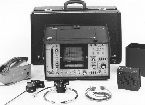 |
The Texscan.
Some offices were equipped with this unit. |
|
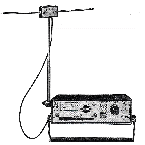 |
Rhodes & Schwartz HFV.
A very useful micro-voltmeter that some used with the HUZ probe
for difficult cases. |
|
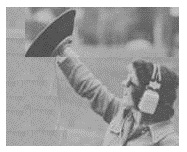 |
The ultrasonic microphone.
It was originally used mainly by telephone companies to locate
leaks in pressurized cables. Its effectiveness was quickly proven in
identifying problem points on electrical systems, bolts, washers,
isolator castings, etc. |
|
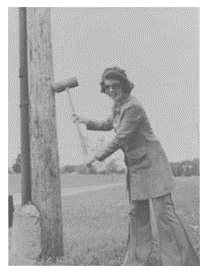 |
Not to be forgotten, the mallet
A time-tested tool that is still used to confirm whether the
right spot has been found. If the noise stops at the same time as
the pole is struck, then the spot is correct. But inspectors should
always wear a hard hat just in case! |

